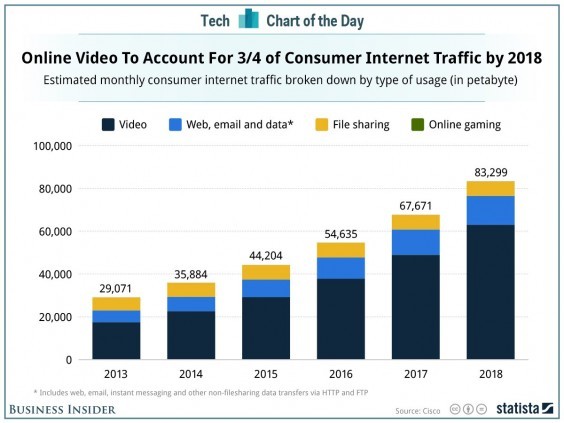The New York Times last week, (and everywhere else) was filled with the news of Twitter CEO and Founder Dick Costolo stepping down.
The stock price immediately jumped 7 percent.
Not that any replacement was announced, nor was there a plan announced that would solve Twitter's primary problem.
Their primary problem is revenue.
That, and the fact that the number of Twitter users has stalled and seems to be declining.
While more than 1 billion people have signed up for the service, most of them leave without ever posting a thing.
A more hard core 300 million (which is nothing to scoff at) also seem to be in slow decline.
Why is this happening?
(This, by the way is critical, as Twitter's vast valuation: varying between $38b and $45b -- a pretty astonishing number considering its revenue last year was $479m -- is based on somehow leveraging ad revenue against vast numbers of users, If this number of users declines, the whole notion collapses).
Last week, Mark Cuban slammed Twitters stock price and valuation as being a sign of a tech bubble. He ought to know. He sold Broadcast.com to Yahoo in 1999 for an astonishing $5.7B when it only had $22m in sales.
But why is Twitter in trouble?
The answer would seem to be in a single line in The New York Times article:
Now Twitter, which has 302 million active users, faces deep questions about the future of its messaging service, which is built around 140-character snippets of text in a world that is increasingly about photos and video.
The key is in the last line: A world that is increasingly about photos and video.
Video in particular.
Last month, Cisco reported that by 2018, an astonishing 75 percent of all web traffic is going to be in video.
Note the chart below from Business Insider.
There is a fairly simple reason for this.
The world is now dominated by screens.
From mobile to tablets to computers to screens in elevators and at gas pumps, we are surrounded by screens.
Today, the average American spends 7.5 hours a day watching screens. That's about as much time as we spend sleeping. And we are just getting started in Screenworld. The world class screen watching winners, by the way, are the Indonesians with a mind boggling nine hours a day staring at screens.
And screens want video. It is the medium they were made for.
Concurrent with this sudden and enormous upwelling of demand for video is what we might call the 'videoization' of the world through smart phones that all have broadcast quality cameras and video sharing capability.
It does not take much to put two and two together here and realize that pecking out 140 characters in text is probably going the way of the rotary dial telephone.
So hand it to Dick Costolo. He knew when to get out.


